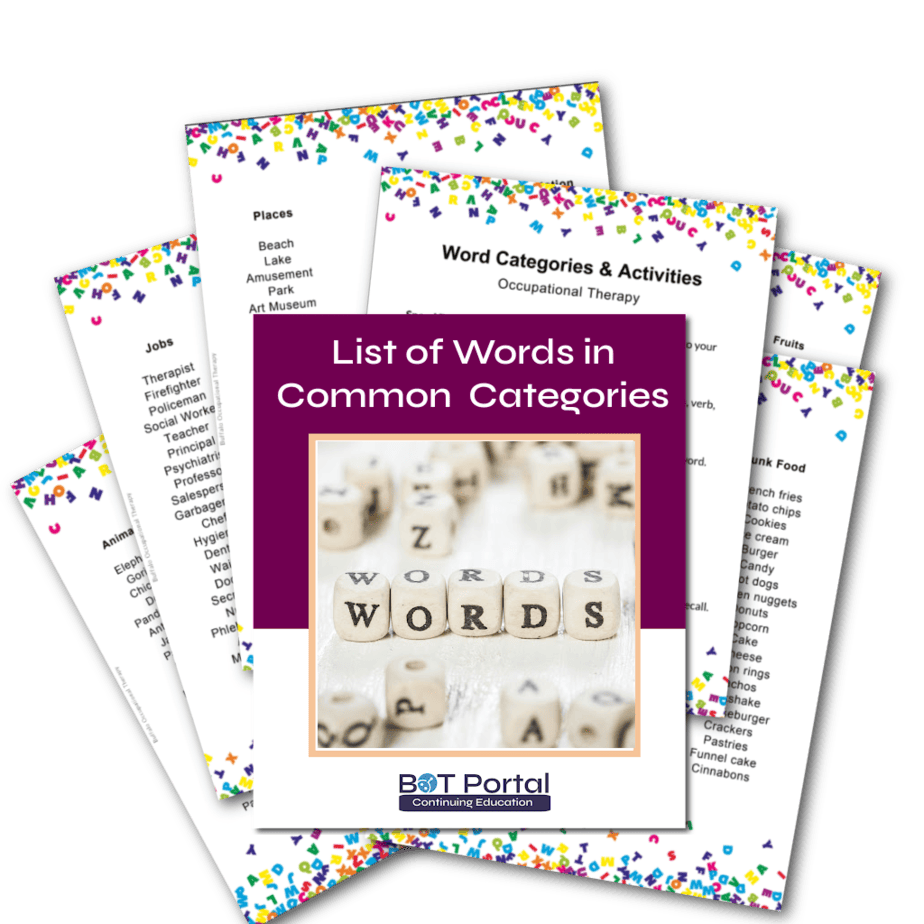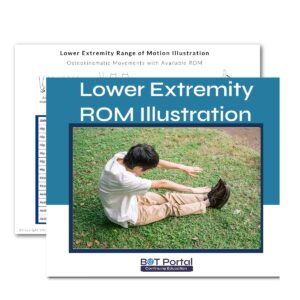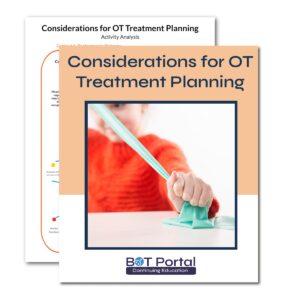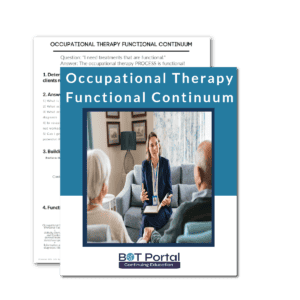Description
List of Words in Common Categories for Word-Finding
Note: These List of Words are ideas to inform daily practice. Many research-supported intervention trajectories are shown to promote remediation, and everyone is different! Do your research! This is merely a tool in your toolkit. 🙂
Utilizing a list of words in common categories for word-finding exercises during therapy sessions offers an effective method for improving language skills, enhancing cognitive function, and promoting communication abilities. These categorized word lists serve as valuable tools for therapists to facilitate vocabulary expansion, semantic organization, and word retrieval in individuals with language difficulties or communication disorders.
Incorporating categorized word lists into therapy sessions provides structured support for individuals to expand their vocabulary and enhance their language abilities. By presenting words within familiar categories such as animals, foods, or household items, therapists can help clients access and retrieve relevant vocabulary more efficiently, thereby improving communication and expressive language skills.
Categorized word lists encourage semantic organization and conceptual understanding by grouping related words together based on shared characteristics or themes. This approach facilitates cognitive processes such as categorization, classification, and semantic association, helping individuals organize and store information more effectively within their mental lexicon.
Word-finding exercises using categorized word lists promote active engagement and participation during therapy sessions. Clients can actively explore and discuss words within specific categories, prompting meaningful conversations and language practice. Therapists can also tailor the exercises to match the client’s interests and preferences, making the learning experience more enjoyable and motivating.
Utilizing categorized word lists allows therapists to target specific areas of difficulty in word retrieval and semantic processing. By systematically working through different categories and word lists, therapists can identify patterns of strengths and weaknesses in the client’s language skills, guiding individualized intervention plans and strategies.
Moreover, categorized word lists offer a structured framework for therapists to assess and monitor the client’s progress over time. By tracking the client’s performance in word-finding exercises and monitoring improvements in vocabulary recall and semantic organization, therapists can measure the effectiveness of interventions and adjust treatment goals accordingly.
What’s included?
6 pages of word category lists and activities to do with your patient
Some other helpful links:
Check out BOT Portal: Resource Site for Occupational Therapy Students and Practitioners




